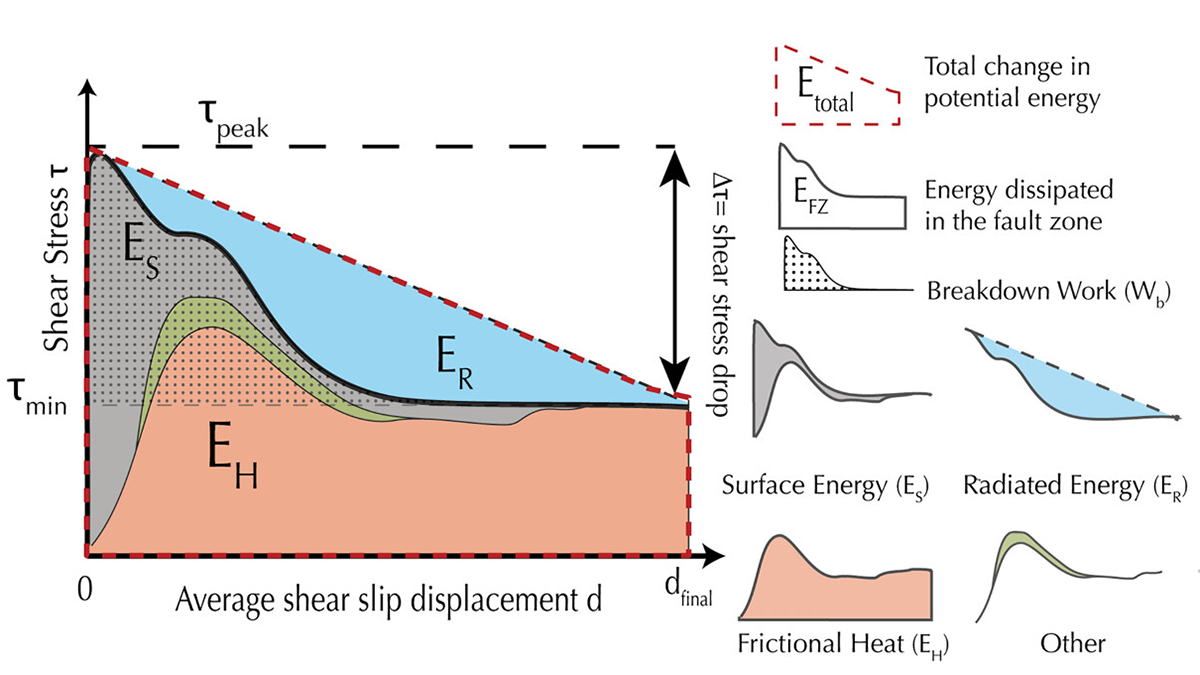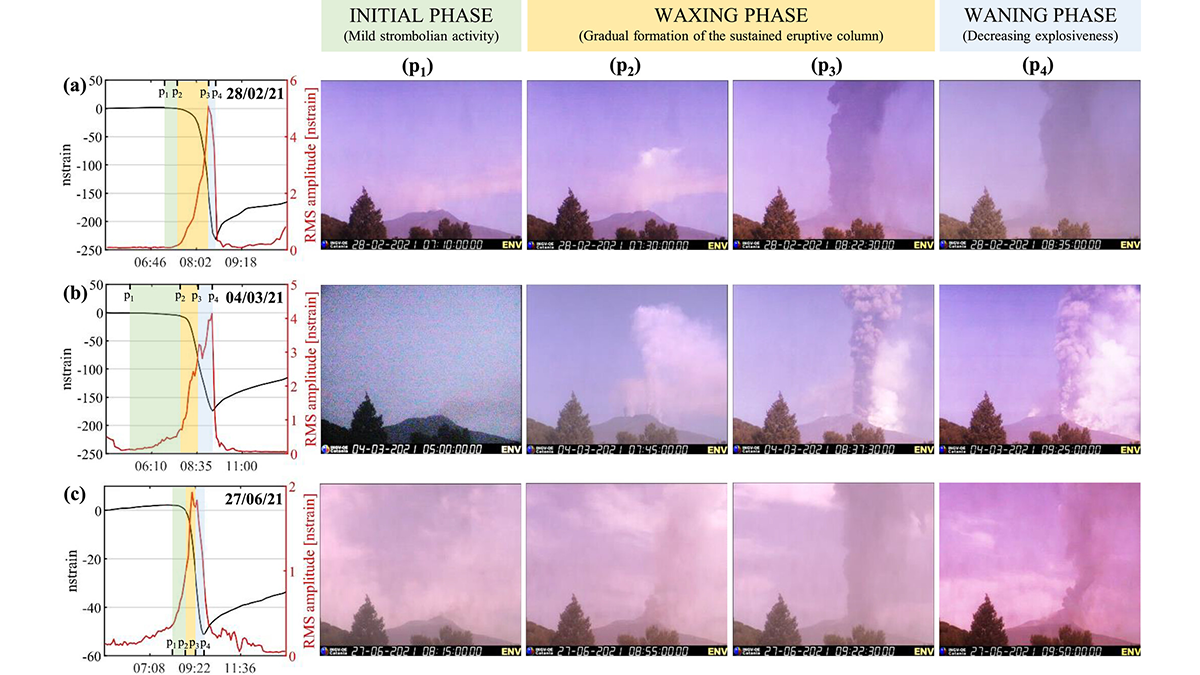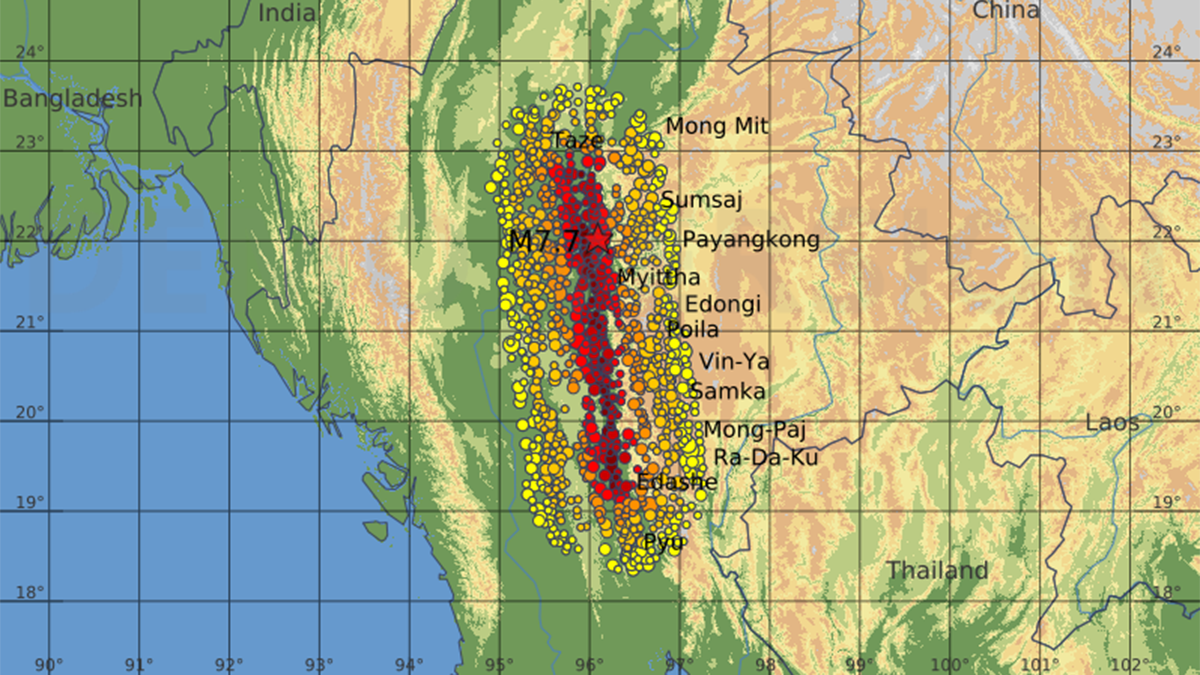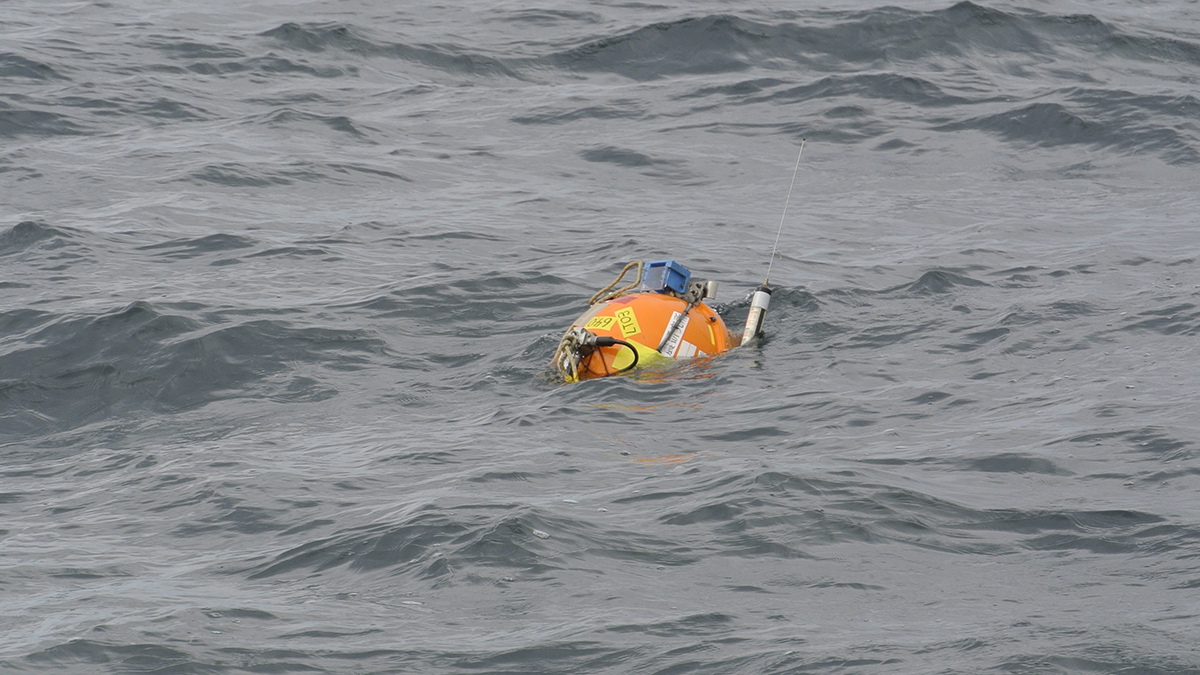Laboratory earthquakes shed new light on energy partitioning during earthquakes, which is allocated to seismic radiation, creation of new surfaces, and heat dissipation.
seismology
Scientists Track Down Fresh Boulder Falls on the Moon
By poring over thousands of satellite images, researchers geolocated 245 fresh boulder tracks, revealing signs of seismic activity or impact events within the last half-million years.
Long-Term Strain Record of Mount Etna Captures 84 Fountaining Eruptions
Scientists use over a decade of high-resolution data to demonstrate that strain signals provide a better match to eruptive style than seismic tremors.
Video Shows Pulsing and Curving Fault Behavior
A chance video captured a fault rupture during March’s devastating Myanmar earthquake, delivering real-time evidence of how major seismic tremors propagate.
Trapped Charge Techniques Pinpoint Past Fault Slip
Scientists combine two novel dating techniques on fault gouge to better pinpoint the timing and nature of past fault activity in the Eastern Alps.
Finding the Gap: Seismology Offers Slab Window Insights
Studying slow tremors has helped researchers home in on the youngest part of the Chile Triple Junction’s gap between subducting plates, which offers a window to the mantle.
How Flexible Enhanced Geothermal Systems Control Their Own Seismicity
A new study maps how microseismicity waxes and wanes with pressure in enhanced geothermal systems, offering a template for managing quakes in future heat-mining projects.
Susanne Maciel: Marrying Mathematics and Geology
A geophysicist brings math down to Earth and reaches a rural audience.
New Satellite Adds Evidence of an Earth-Shaking Wave
A tsunami struck a fjord in East Greenland in 2023, ringing seismometers for nine straight days. A new satellite study provides the first observational evidence of the waves.
Creep Cavitation May Lead to Earthquake Nucleation
Ultramylonites, rocks of ultrafine grainsize, bring records of nanometer-scale cavities generated at the base of seismogenic crust along Japan’s largest on‐land fault.










